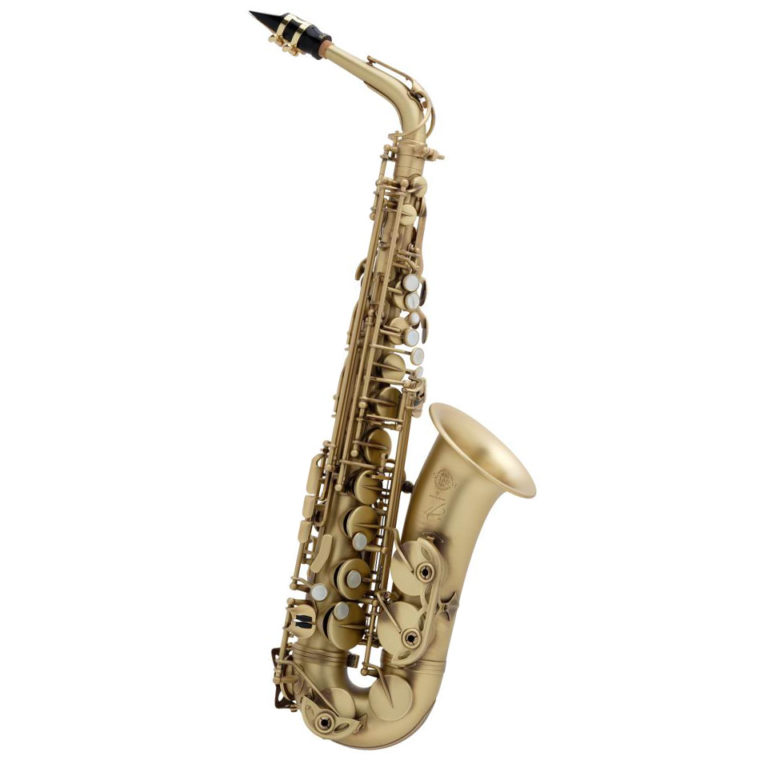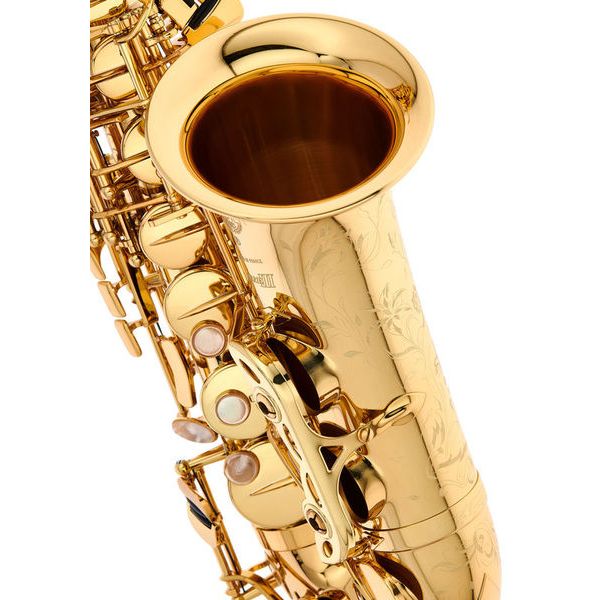

- 2017 selmer reference 54 tenor saxophone dark gold full#
- 2017 selmer reference 54 tenor saxophone dark gold professional#
- 2017 selmer reference 54 tenor saxophone dark gold series#
Simply put, from the entry level through the professional ranks, Selmer makes an outstanding instrument. Selmer saxophones have been the industry standard for as long as any living musicians have been playing, and they have survived for a reason. Prices weigh in at a hefty $5299 to $7149, and quantities are limited. The quintessential Selmer saxophone, Reference 36 and Reference 54 Firebird are designed with the discerning professional in mind and produce a sound similar to that of the legendary Mark VI.
2017 selmer reference 54 tenor saxophone dark gold series#
Their tone is best described as slightly darker than the Series II. The Series III models are similar to Series II, and are also appropriate for professionals. They feature the dark tone typical of French Selmers. They range in price from $4199 for an alto saxophone to $8699 for a baritone saxophone. Series II saxophones are primarily for professional level musicians. While they are pricier, many sax players feel that the added expense is worth it for a truly world class instrument. Like their American counterparts, they come in a variety of models.

There’s nothing quite like the warm tones of a French-made Selmer saxophone. Paris Series Selmer Saxophones Selmer “Firebird” Reference 54 The Super Action series (including SAS280, STS280, SBS280R, SSS280R, SAS280R, STS280R, and SSS280R) is designed for professionals, and is one of the most popular saxophone models on the market today. These models are very similar to the 500 series, and are also designed with the student in mind, but are slightly less expensive, with prices ranging between $1875 and $2160. The 600 Aristocrat series (including AS600, AS600L, SS600, TS600, and TS600L) is also appropriate for students.Prices range from $1945 to $2740, depending on the type of sax and the finish chosen. The 500 series of Selmer saxophones (including AS500, AS500S, BS500,TS500, and TS500S) are an excellent choice for beginning students.(NOTE: The “L” at the end of the various model number stands for “Lauquer” while the “S” at the end of other model numbers stands for “Silver.”) What is known for certain is that lacquered instruments tend to last longer because the coating gives them some degree of protection from outside elements. Ultimately, sound preference is a matter of personal taste. Saxophone players disagree regarding the influence of lacquer on an instrument’s sound. Regardless of which series you choose, silver plated Selmer saxophones tend to have a warmer, more full-bodied sound. There are several distinct series of American made Selmer saxophones, each of which spans the gamut of the saxophone family (soprano, alto, tenor, baritone). USA Series: Which Sax is appropriate for whom? The Selmer STS280R

Many sax players claim the French manufactured Selmer Saxophones have a warmer sound, and they are revered by classical artists, while the American made varieties tend more towards brighter, crisper sounds, and are preferred by some jazz musicians. Selmer saxophones originated in France, but are also manufactured in Asia. Selmer USA and Selmer Paris: Vive le Difference!

Silver saxophones, for instance, tend to be warmer and more full-bodied, whereas clear lacquered saxophones tend to have a brighter sound.
2017 selmer reference 54 tenor saxophone dark gold full#
While there are certain tonal characteristics (warm, full bodied) which are common to Selmer saxophones in general, there are differences between one Selmer saxophone and the next. If you’ve listened to jazz music at all, you’re undoubtedly already familiar with the warm, full bodied tone of a Selmer saxophone.Īnd while the classic Mark VI is still a clear favorite amongst jazz musicians, the newer Selmer models have continued to be well received by a diverse group including Gary Bartz, Ralph Bowen, Fred Hemke, and Mark Colby. The Mark VI set the standard for all saxophones, becoming the choice of jazz greats from Phil Woods to Branford Marsalis to Kenny G. Since Selmer first developed the Mark VI in 1954, Selmer’s best saxophones have been a clear favorite of students and professionals alike. While we have nothing bad to say about any of these instruments, a Selmer saxophone still represents the gold standard by which others are compared.


 0 kommentar(er)
0 kommentar(er)
